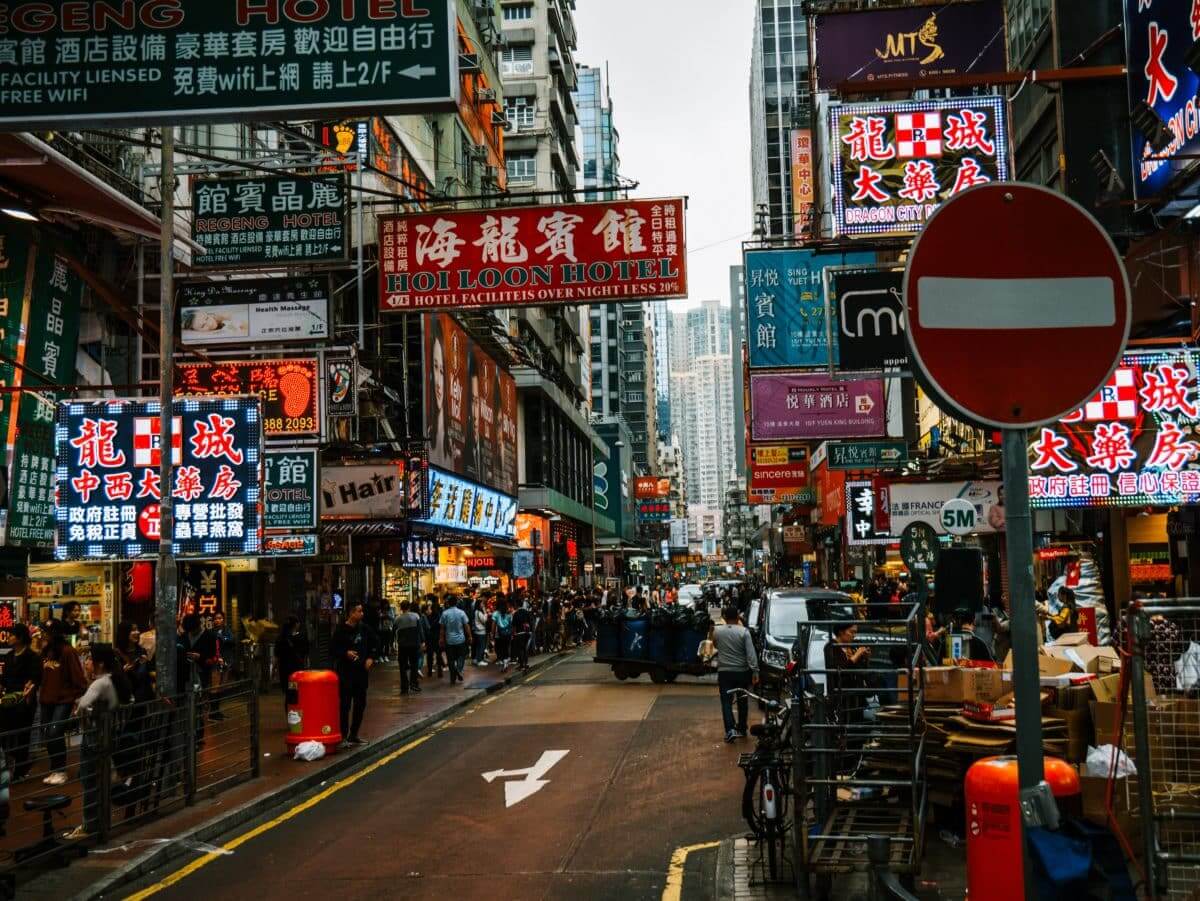
Hong Kong Monetary Authority (HKMA)
The Hong Kong Monetary Authority is a vital regulator in keeping the country’s economy healthy and fair for all participants. The entity is a government authority and was founded on April 1st, 1993. The foundation was a result of two different organizations, the Office of the Exchange Fund and the Office of the Commissioner of Banking fused. Since then, the HKMA has served as Hong Kong’s central banking institution. The entity has some degree of autonomy but also reports directly to the financial secretary.
The country’s exchange fund, founded in 1935, was originally under the charge of the Currency Ordinance. The Currency ordinance has since changed its name to the Exchange Fund Ordinance. Under it, the HKMA’s primary role lies in ensuring that the Hong Kong currency remains stable. Additionally, it must ensure that the banking system maintains the best possible health. Lastly, it should also help develop and promote the integrity and efficiency of Hong Kong’s financial system.
The Hong Kong Monetary Authority only issues ten Hog Kong dollar banknotes. As for the other notes, it transfers the roles to other banks in the country’s territory. More specifically, the Bank of China, Standard Chartered Bank, and The Hongkong and Shanghai Banking Corporation carry out the role. The country’s official reserves and entire banking system are vital foundations of the linked exchange rate system.
A particular vital event for the Hong Kong Monetary Authority came in 1995. Since then, it has been a part of a stability pact with central banks in multiple different countries. Those are Australia, Thailand, Malaysia, and Indonesia. The banks are a part of a repurchase agreement, increasing liquidity in both directions.
HKMA Infrastructure
Settlement facilities and computerized clearing for the Exchange Fund Bills and Notes get carried out by the Central Moneymarkets Unit. However, the CMU doesn’t stop there, instead extending its service to different Hong Kong dollar debt securities. It’s also worth mentioning the recently integrated real-time gross settlement (RTGS), which coexists with the CMU. The RTGS is an inter-bank payment system that vastly increases overall efficiency. The end result is the HKMA being able to carry out delivery versus payment on an end-of-day basis.
The stability and fairness of the country’s banking largely depends on supervision and the banking system. As such, it implements a three-tier banking arrangement and started doing so during the 1980s. It’s also worth noting that there’s a difference in how institutions run based on their categorization. The three vital categories here are licensed banks, restricted license banks, and deposit-taking institutions. Hong Kong also accepts overseas banks, which may set up representative offices inside the country.
HKMA’s Exchange System
The exchange system and banknote issuing worked vastly differently during the time Hong Kong was colonized. The Monetary Authority didn’t place funds with local banks that either the Moody’s Investors Service or Standard & Poor’s didn’t rate. The only banks that could receive deposits were the three aforementioned note-issuing banks.
During the 1997 financial crisis in Asia, the government made quite a controversial move. While currency speculators were shorting the Hong Kong dollar and Hang Send Index. The government used the exchange fund to purchase shares. During a two-week action, the government bought HK$120 billion, which translates to US$15 billion.
Naturally, the purpose of the move was to deter short sellers, which was criticized in the investment world as a breach of regulatory roles. Hong Kong’s tracker funds, TraHK managed to mostly dispose of the shares bought this way. Looking back, some speculators believe that the government made the right choice. In creati




